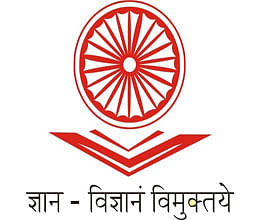
More than two years after the University Grants Commission (UGC) recommended an end to animal dissection for college courses, it has sought compliance of it from the varisties.
UGC, the apex regulatory body for higher education, had recommended that animal dissection and animal experimentation for university and college zoology and life sciences courses be ended in a phased manner, according to a release by People for the Ethical Treatment of Animals (PETA).
UGC has finally taken some action to ensure compliance by sending a letter to universities, added the release.
The step was taken after numerous appeals from PETA India and MP Maneka Gandhi to UGC to stop animal dissections and to ensure compliance with the guidelines issued by the Ministry of Environment and Forests in January 2012.
Every year, frogs, mice, rats, guinea pigs and rabbits are used in university laboratories. The findings of nearly every published comparative study in science-education literature shows non-animal methods including computer simulations, interactive CD-ROMs, films, charts and lifelike models can be used to teach anatomy and complex biological processes as well as or better than inhumane and archaic animal laboratories.
UGC, the apex regulatory body for higher education, had recommended that animal dissection and animal experimentation for university and college zoology and life sciences courses be ended in a phased manner, according to a release by People for the Ethical Treatment of Animals (PETA).
UGC has finally taken some action to ensure compliance by sending a letter to universities, added the release.
The step was taken after numerous appeals from PETA India and MP Maneka Gandhi to UGC to stop animal dissections and to ensure compliance with the guidelines issued by the Ministry of Environment and Forests in January 2012.
Every year, frogs, mice, rats, guinea pigs and rabbits are used in university laboratories. The findings of nearly every published comparative study in science-education literature shows non-animal methods including computer simulations, interactive CD-ROMs, films, charts and lifelike models can be used to teach anatomy and complex biological processes as well as or better than inhumane and archaic animal laboratories.









